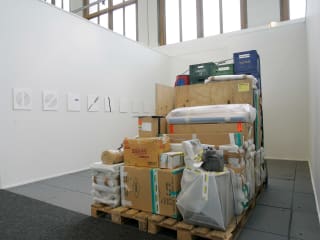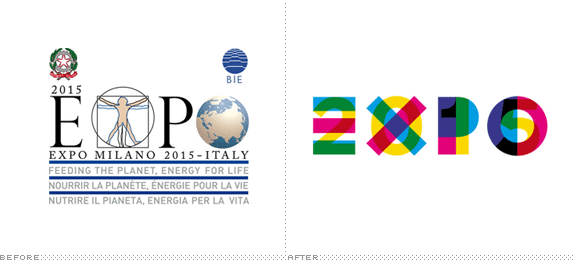
The tagline for 2018 was A MARCH OF DESIGN.
The annual SDW brings together a collection of local and international design activities in Singapore. Organised by the DesignSingapore Council, the SDW is open to the design community, businesses, design students, public sector officers and the general public.
As one of Asia’s premier design festivals, SDW champions design thought leadership by bringing the design, business, and public policy worlds together to answer how they can intersect better to bring about needed innovation and solutions to build businesses, engage communities and enrich people’s lives. It is a hub where the best design talents and businesses from Singapore and Asia converge to be showcased to the world; and a platform where Singaporeans and visitors can experience the value of design through delightful activities.
Through SDW, the Council hopes to enhance the synergy among our design partners, and in turn boost Singapore’s profile and attractiveness as a global city for design.
In looking at the purpose of design week, I wanted to see what was the programming and mission and vision of design week.
I would like to bring two points in their mission statement.
- Through SDW, the Council hopes to enhance the synergy among our design partners, and in turn boost Singapore’s profile and attractiveness as a global city for design.
- ….SDW champions design thought leadership by bringing the design, business, and public policy worlds together to answer how they can intersect better to bring about needed innovation and solutions to build businesses, engage communities and enrich people’s lives
Examining these statements, I wanted to see if Design Singapore was helmed by designers, business owners, and public policy makers.
The head of Design Singapore, Mark Wee was an artist, designer, architect and educator
The Deputy Director, Ms Emily Ong, held positions in public policy making and was formerly an executive selling advertisements and was also a suit.
While the heads of the DesignSingapore Council are formerly from either design backgrounds, public policy, or within the field of creative innovation, it didn’t show that they were political bigwigs or did it mean anything about the programs. I still couldn’t understand why the design scene was stale. So I decided to look at the programmes that SDW present.
I will first examine the anchor event, SINGAPLURAL 2018.
Singaplural 2018 had housed several Singapore-based interior firms showcasing their commissions for the Singaplural Pavilion. Apart from the pavilion Singaplural housed master lectures by notable designers from the western hemisphere.
Their theme was “A State in Play” and it was written as :
With the theme ‘A State In Play’, SingaPlural 2018 is a celebration of the stage of work even before design begins. This is when you allow naivety to the core, and simply play, explore and experiment, unfettered by an end in mind. Are the by-products of Play accidents, failures and wastes? Or are they prototypes of ideas yet to discover their full potential and applications? In Play, there are no failed experiments, only experiments with unexpected outcomes.
I then looked at the “playful works” that the commissioned designers had conjured and one of them really got to me.
I don’t want to be too critical, but it feels like I’ve seen this before. What is creating a room that many corporations already have, a form of play.
Through this analysis, perhaps I am wrong, but maybe the problem is not that designers are not creative enough, but the idea of playing for sudden creative thunder bolts is not an accurate representation of creative process. Perhaps there needs to be a stronger link to the thought process of the designer and the various criticality that each designer have to think of before coming up with solutions to solve their “design problem”.
















